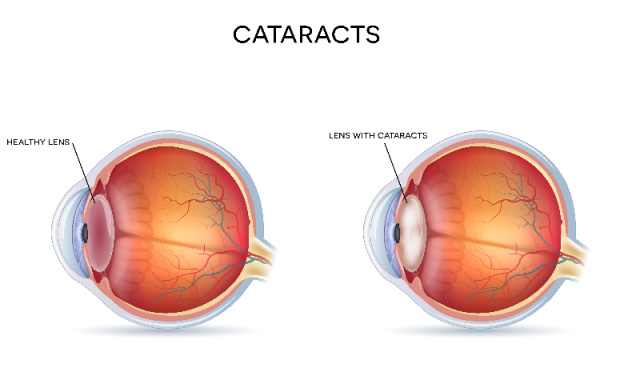Treatment for Cataracts
The treatment for cataracts is usually surgical intervention. Cataract surgery involves removing the cloudy lens and replacing it with an artificial intraocular lens (IOL) to restore clear vision. It is a safe and commonly performed procedure. In some cases, if cataracts are not significantly affecting vision, lifestyle changes such as using brighter lighting, wearing anti-glare sunglasses, or using magnifying lenses may be helpful.
If you suspect you have cataracts or are experiencing changes in your vision, you should schedule an appointment with your eye doctor. They can assess your condition, determine the severity of the cataracts, and recommend appropriate treatment options.
At Moody Eyes we will determine if you have cataracts. If they need removal, we will recommend a great surgeon for you.


